A new method of detecting criticality from time-series data outperforms conventional metrics in the presence of variable noise levels for both simulated systems and real neural recordings.
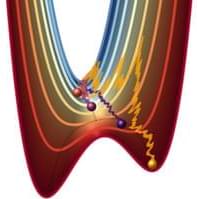

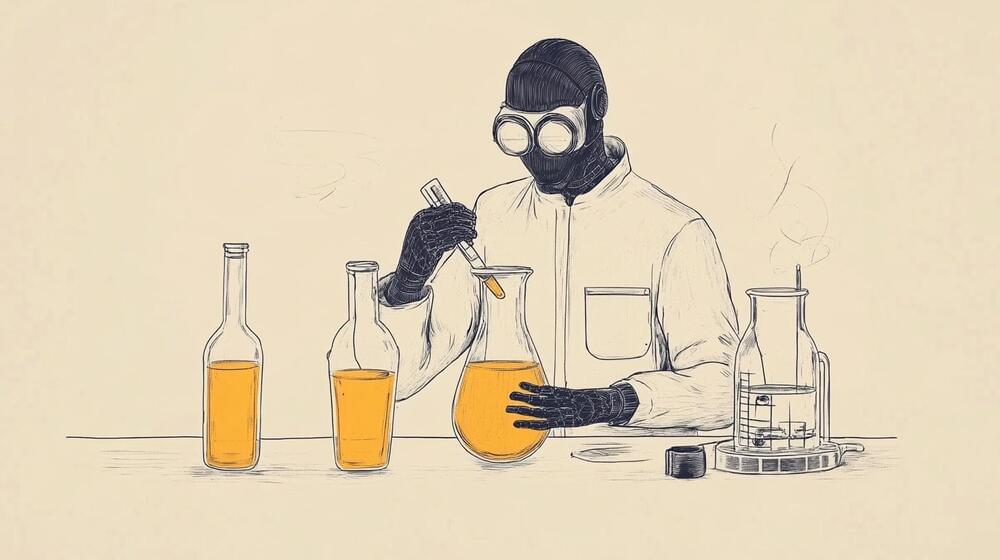
👉 Researchers have developed an AI system called “The AI Scientist” that can perform scientific research on its own, from brainstorming and experimenting to writing full papers.
A new AI system called “The AI Scientist” can perform scientific research completely autonomously, from brainstorming and experimenting to writing complete papers.
Ad.
Researchers from the University of British Columbia, University of Oxford, and AI startup Sakana AI have developed an AI system capable of conducting scientific research independently. Named “The AI Scientist,” the system can generate new research ideas, write code, perform experiments, visualize results, and even compose complete scientific papers.
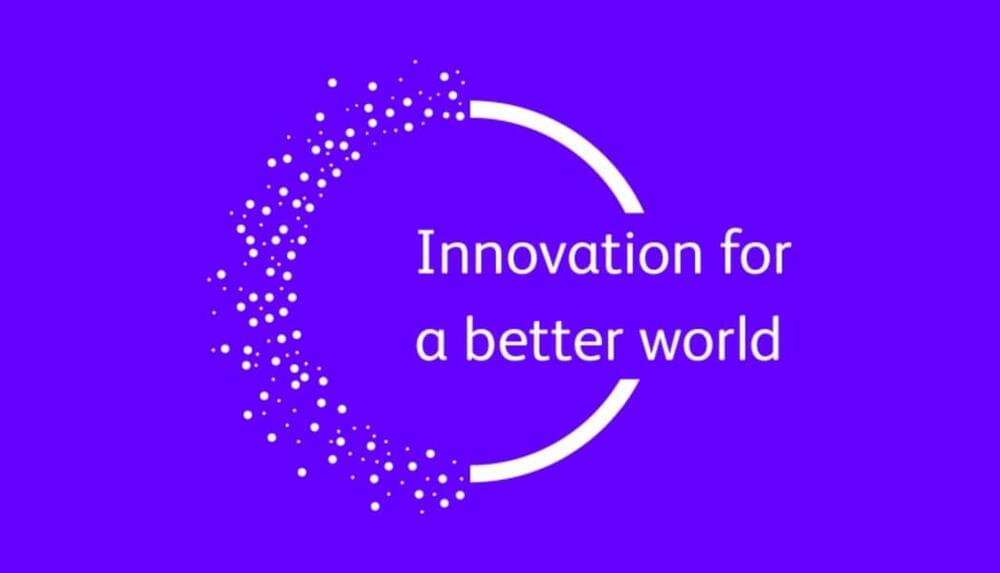

Almost 2.7 billion records of personal information for people in the United States were leaked on a hacking forum, exposing names, social security numbers, all known physical addresses, and possible aliases.
The data allegedly comes from National Public Data, a company that collects and sells access to personal data for use in background checks, to obtain criminal records, and for private investigators.
National Public Data is believed to scrape this information from public sources to compile individual user profiles for people in the US and other countries.

The striking object appeared as bright as Saturn in the vicinity of the constellation Cassiopeia, and historical chronicles from China and Japan recorded it as a “guest star.”
Chinese astronomers used this term to signify a temporary object in the sky, often a comet or, as in this case, a supernova — a cataclysmic explosion of a star at the end of its life.
The object, now known as SN 1,181, is one of a handful of supernovas documented before the invention of telescopes, and it has puzzled astronomers for centuries.
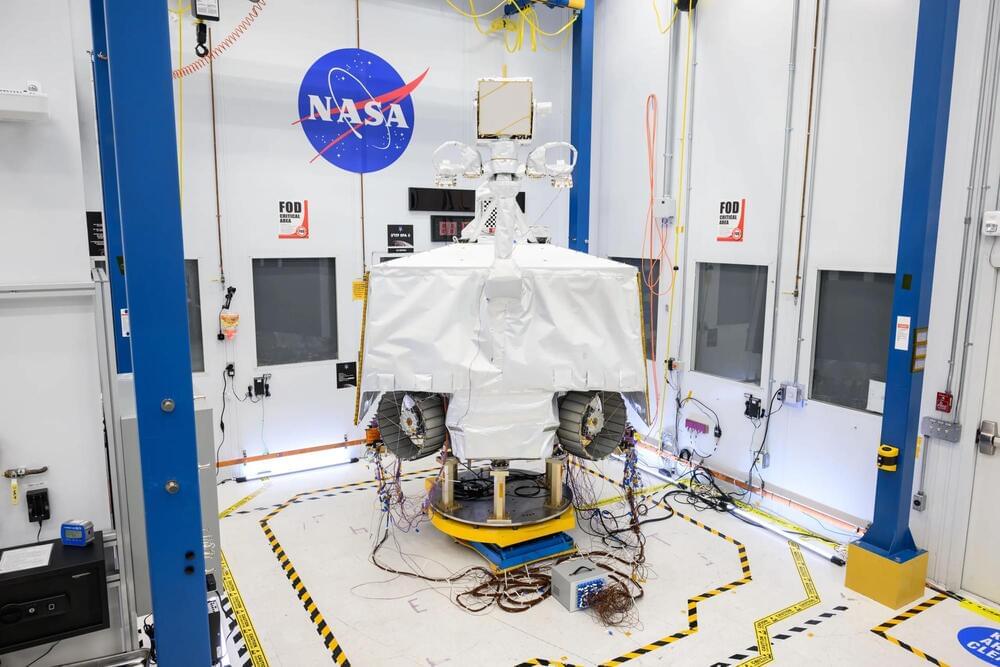
Intuitive Machines reported revenue of $41.4 million in the second quarter, more than double the $18 million the company reported in the same quarter of 2023. It had an operating loss of $28.2 million in the quarter, also more than double the $13.2 million operating loss it reported in the same quarter a year ago.
The company attributed the increase in revenue to new work, such as a NASA engineering services contract that started late last year as well as initial work on a Lunar Terrain Vehicle Services contract the company received in April.
The increased losses came from what Steve Vontur, chief financial officer, described as “non-cash impacts” to modifications to its next two lunar lander missions, IM-2 and IM-3, both flying payloads for NASA’s Commercial Lunar Payload Services (CLPS) program.
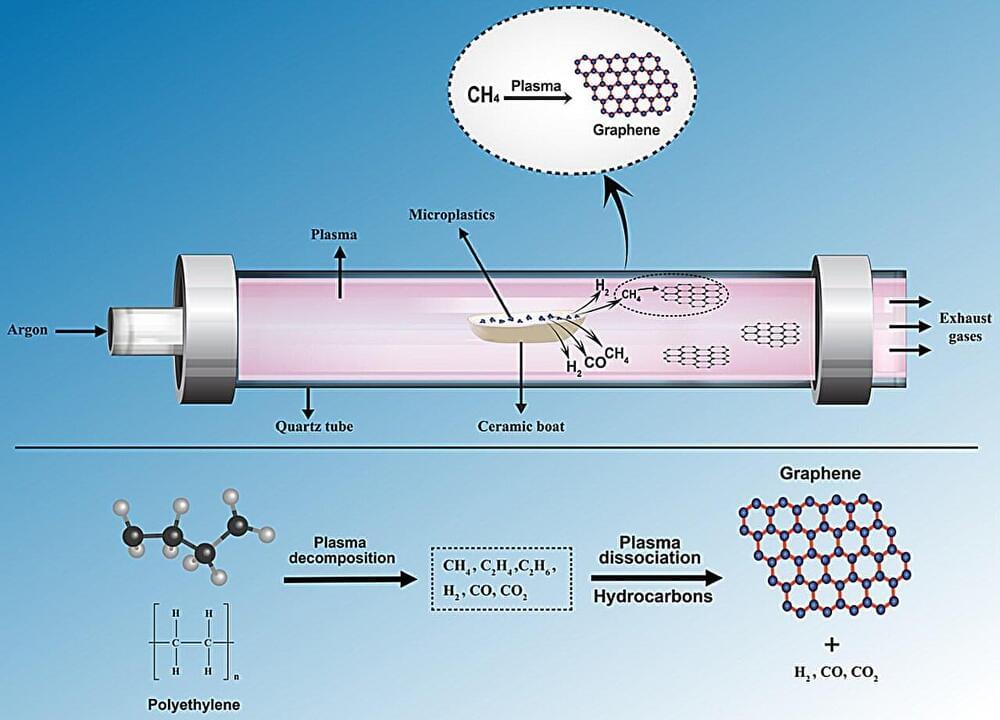
Japanese officials on Monday announced the opening of a new government-run defense research institute this fall, as reported by the Kyodo News agency.
The agency, which will be tasked with developing innovative cyber war technologies, said the new project is directly modeled after DARPA, the US Defense Department’s research agency – responsible for some of the world’s most cutting-edge defense technologies.
Japan’s Ministry of Defense (MOD) said the Tokyo-based facility will officially launch in October with about 100 personnel – with about half coming from the private sector – using “novel approaches and methods” taken from DARPA initiatives.

